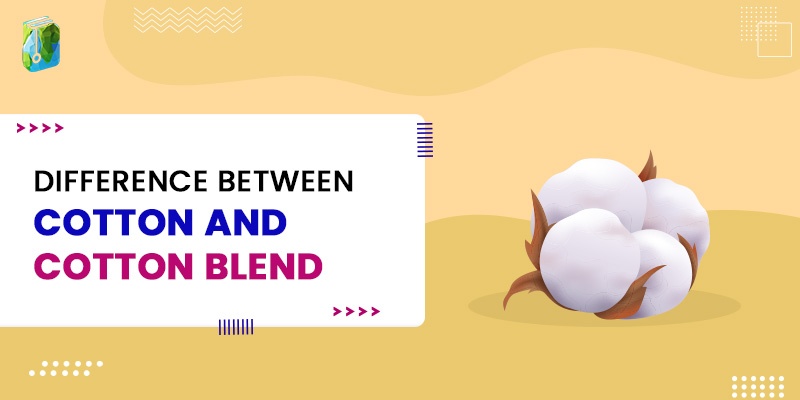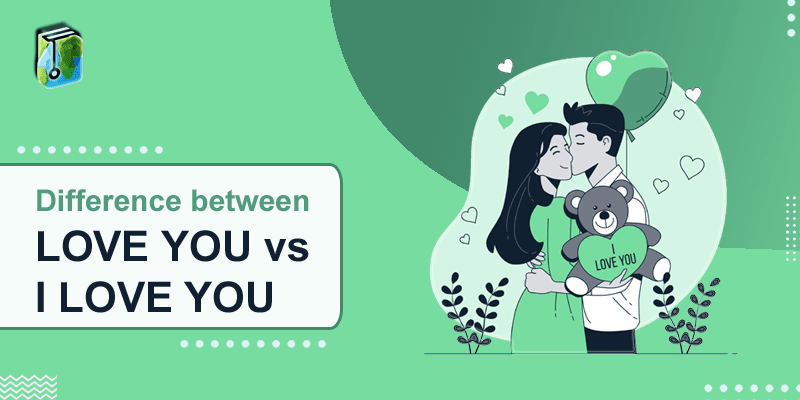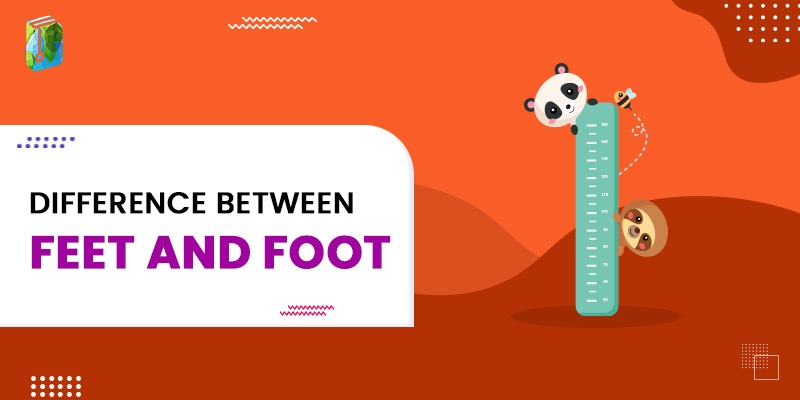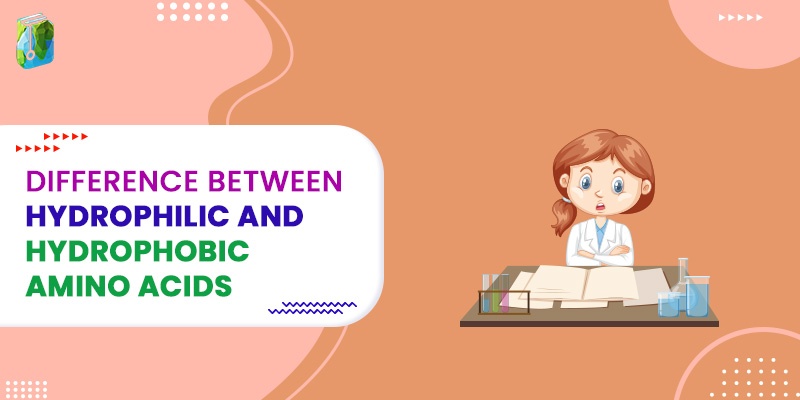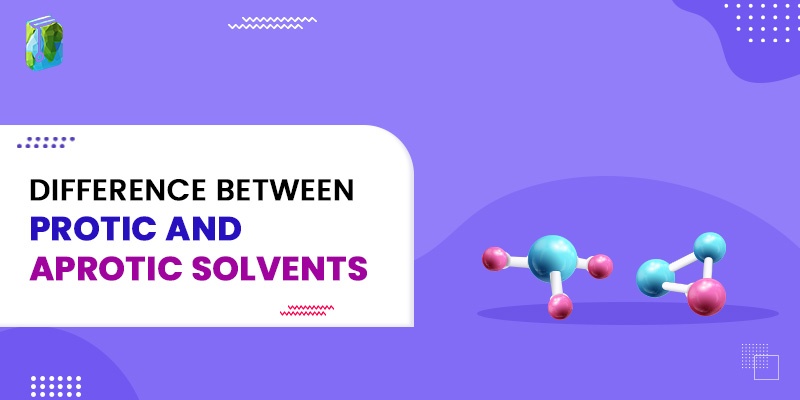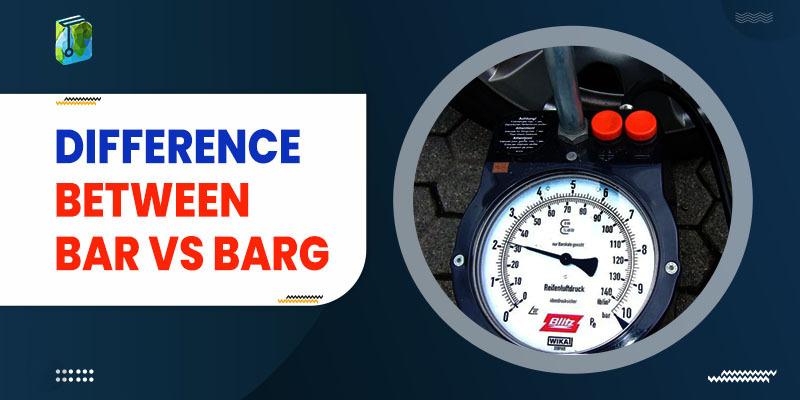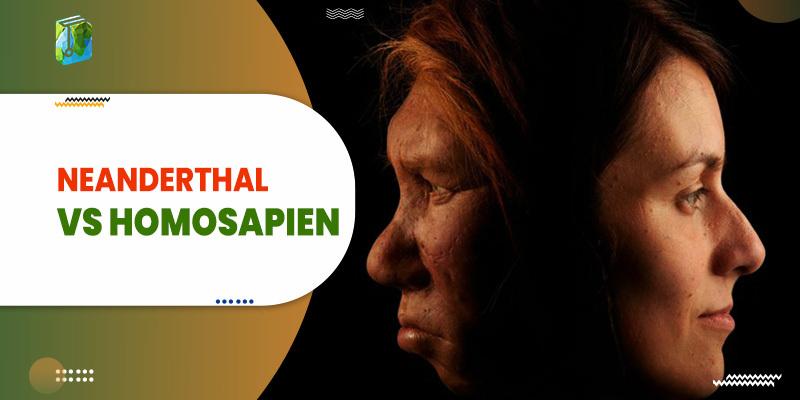Cotton and cotton blends (cotton mixed with other fibers) are used to make different clothes, such as shirts, dresses, t-shirts, and pants. Most people think that clothes made from cotton are better than clothes made from a cotton blend. The major difference between cotton and cotton blends is that cotton shrinks easily and requires high maintenance. On the other hand, cotton blends do not shrink and stay the same.
Difference Between On & At And How To Use It?
On and at are two main prepositions that indicate location and time. “At” is used when trying to refer to the specified time and place. “On” is used when trying to refer to days and dates, while “at” refers to a specific time. Apart from this, there are always different ways to use them in terms of location. Here, we have explained the difference between on and at and discussed a few examples.
Difference Between Hope and Dream
We generally use the terms dream and hope when discussing our desires or aims. A dream is usually an ambition that you cherish or imagine. Hope is a desire or expectation of a specific thing to take place.
People make a physical effort to fulfill a dream. On the other hand, there is no involvement or physical intervention when you are hoping for something.
Difference Between I Love You And Love You
Love is a sensitive emotion and there are several ways to convey it. Different people have different forms of expression for their loved ones. One of the most profound ways is to express it with the most used phrases, ‘I love you’, or ‘love you’. Both of them may sound the same but have a huge difference and impact on others!
Difference Between Feet and Foot
There are a lot of instances where you may see yourself stuck while using these two words. Although, it is quite understood that foot is the singular noun whereas feet is plural.
However, there are several other usages of the word ‘foot’. That’s why people are ambiguous sometimes. You must have heard about the unit of measurement known as ‘foot’. Wherein, one foot is equal to 12 inches. The plural of this unit is also termed as ‘feet.’
As you can see, the multiple meanings of these terms can often leave people ambiguous. This article will help you to resolve this confusion and gain clarity.
Let’s begin!
Difference Between Had and Have
Generally, you may face ambiguities while using Had and Have. To resolve this confusion, you have found the right place.
In the English language, Had and Have are two auxiliary verbs. Both these verbs are used in different tenses. These two verbs, have and had, fall under auxiliary verbs. Simply put, Had is the past perfect tense, whereas, Have is the present perfect tense.
This is the most vital difference between these two forms of verbs.
Now, let us dig deeper and understand the concept with the help of examples.
Difference Between Hydrophobic and Hydrophilic Amino Acids
When we talk about amino acids, we consider them the foundation of proteins. Protein is a polymer molecule that is vital for all living organisms on Earth.
Now, amino acids are bifurcated into two categories namely:
- Essential amino acids
- Non-essential acids
Furthermore, based on their physicochemical nature, they are further divided into two sections:
- Hydrophobic Amino Acids
- Hydrophilic Amino Acid
The key factor of their difference is polarity!
Let’s understand these two terms in detail.
Difference Between Protic and Aprotic Solvents
If you are or have been a science student, you must know about solvents. If not, we are here to explain most easily.
Solvents are a heterogeneous group used to dilute or disperse other compounds. There are various kinds of solvents bifurcated into two groups, namely polar and non-polar solvents. The polar solvents are further categorized into two groups:
- Protic Solvents
- Aprotic Solvents
In this article, we will significantly elaborate on the meaning of these terms and understand them.
Let’s begin!
Difference Between Bar And Barg
The major difference between bar and barg is that bar means absolute pressure, and barg means gauge pressure. What is pressure? Pressure is defined as the force applied on any given surface. The three types of pressure are Absolute, Gauge, and Differential pressure. Absolute pressure is a unit measurement taken against a vacuum on an … Read more
Explained: Neanderthal vs Homosapien
The major distinction between Homosapien and Neanderthal is that Homosapien are modern humans who live in today’s life, while Neanderthal is an extinct species. Though Homosapien and Neanderthal share a few similarities, there are a few structural differences between the two. For example, the Neanderthal had stronger and larger bodies while the homo sapiens were … Read more

